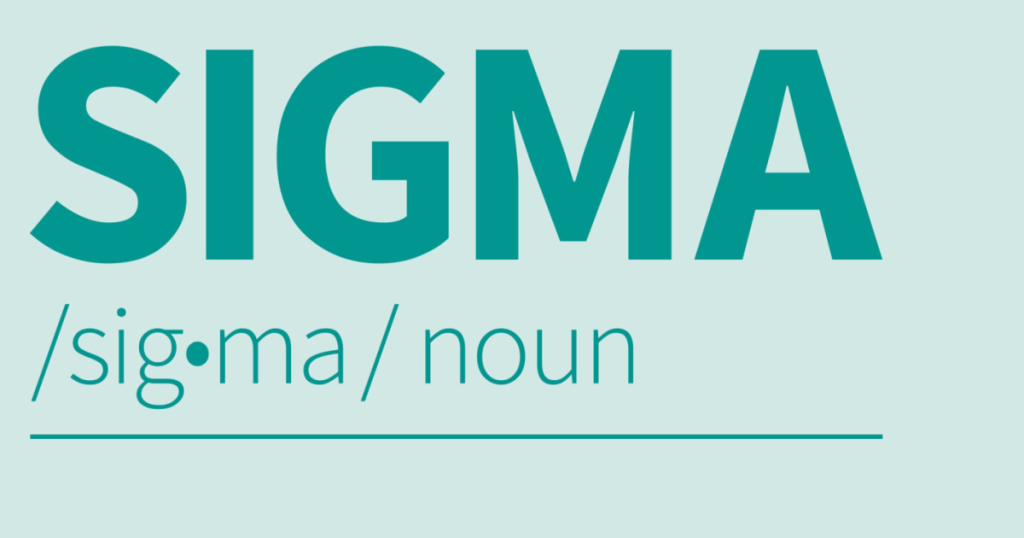Lindsay explains that in contemporary youth culture, the terms “alpha” and “sigma” are used to describe individuals who are perceived as the most successful, best looking, and confident. The term “sigma” is often also associated with humility, while “alpha” can sometimes be seen as arrogant. Additionally, “beta” is used as an insult to imply inferiority. These terms are used interchangeably by young people, without much distinction between the nuanced definitions.
The phrase “What the sigma?” has gained popularity in online culture, originating from a fan-created SpongeBob SquarePants meme. In the meme, characters SpongeBob and Squidward react to a waffle cone dunked in chocolate syrup and sprinkles, inspiring Squidward to exclaim, “Erm, what the sigma?” Lindsay suggests that this phrase is part of a broader trend known as looksmaxing, where teens seek to improve their appearance through various methods. One example is “mewing,” which involves flattening the tongue to the roof of the mouth to reduce a double chin, despite the lack of scientific evidence supporting its effectiveness.
In Lindsay’s classroom, the concept of being “sigma” has become a trend among students. They use phrases like “Are you sigma?” or “That’s so sigma” to express approval or admiration for a particular action or behavior. For example, students may praise a teacher for assigning math problems to solve using an online game as being “sigma.” This indicates that the term has gained popularity and recognition among young people in a specific context.
Despite the widespread usage of terms like “alpha,” “sigma,” and “beta” in youth culture, there may be nuances in their meanings that are not always recognized by those who use them. While “alpha” is associated with success and confidence, “sigma” is often linked to humility. However, the distinction between the two may not always be apparent to young people who use these terms interchangeably. Additionally, the origin of phrases like “What the sigma?” in online memes demonstrates how internet culture can influence language and trends among teenagers.
The connection between the term “sigma” and trends like looksmaxing and mewing highlights the influence of social media and popular culture on young people’s perceptions of themselves and others. By engaging in practices aimed at improving their appearance, teens may be seeking validation or approval from their peers. The use of phrases like “Are you sigma?” in Lindsay’s classroom suggests that these trends are not isolated occurrences but are part of a broader cultural phenomenon among youth.
Overall, the use of terms like “alpha,” “sigma,” and “beta” in contemporary youth culture reflects a complex interplay of social dynamics, online trends, and peer interactions. While these terms may carry different meanings and connotations, they are often used in an interchangeable manner by young people. The popularity of phrases like “What the sigma?” in online memes and their incorporation into everyday language indicate the fluid nature of youth culture and the ways in which it is shaped by internet trends and social media influences.


